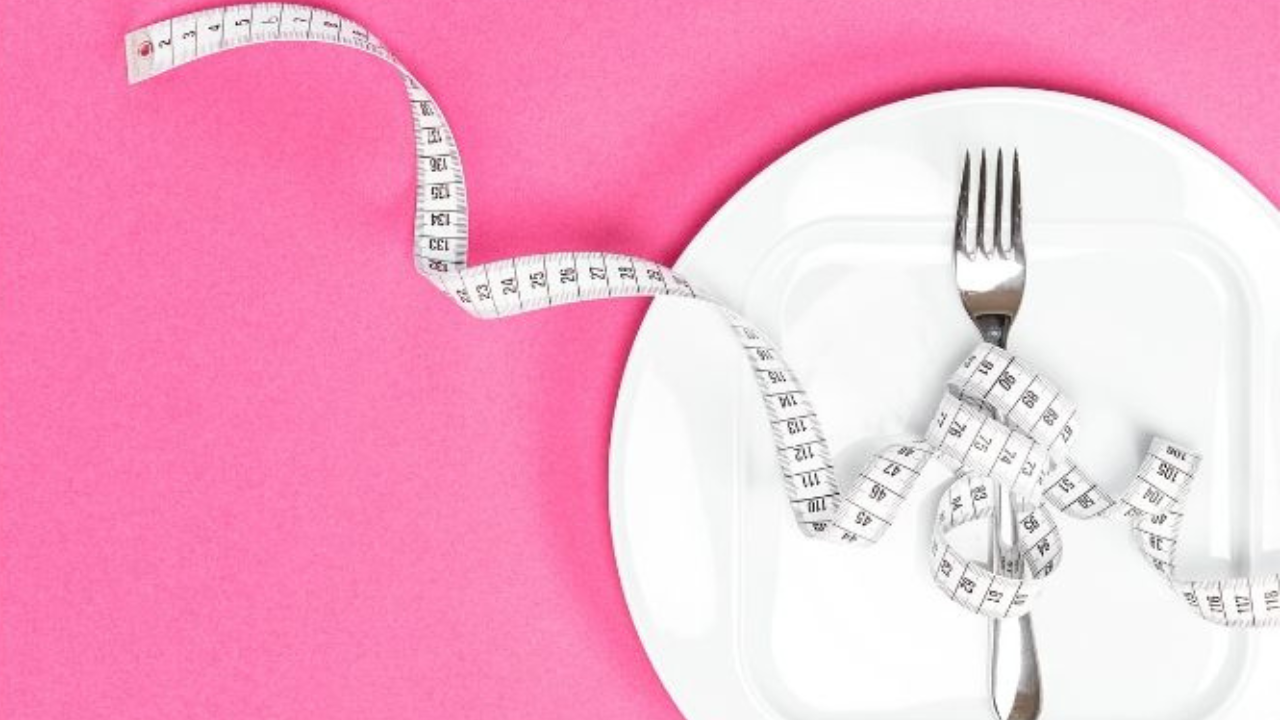How to Take Diet Break

Taking a diet break can be a helpful strategy for individuals who are following a restrictive diet or trying to lose weight. Here are some steps to take a diet break:
Plan your break: Set a specific time frame for your diet break, such as 1-2 weeks, and plan in advance what you will eat during this time. Decide on the foods you will eat and how often, and try to include a variety of nutrient-dense options.
Increase calories gradually: If you have been following a very low-calorie diet, it’s important to increase your calorie intake gradually to avoid overeating and weight gain. Start by increasing your calories by 100-200 per day, and monitor your weight and progress to ensure you are on track.
Listen to your body: During your diet break, focus on eating according to your hunger and fullness cues. Pay attention to your body and eat when you are hungry, and stop eating when you are full.
Don’t feel guilty: It’s important to remember that a diet break is not a failure or setback, but rather a necessary break for your body and mind. Don’t feel guilty for taking a break, and instead focus on the positive benefits it can have for your overall health and well-being.
Resume your diet gradually: When your diet break is over, ease back into your diet gradually to avoid overwhelming your body. Start by reducing your calorie intake slightly and gradually increasing your physical activity, and monitor your progress to ensure you are on track.
It’s important to note that a diet break may not be appropriate for everyone, and it’s recommended to consult with a healthcare professional or registered dietitian before making any significant changes to your diet or exercise routine.



